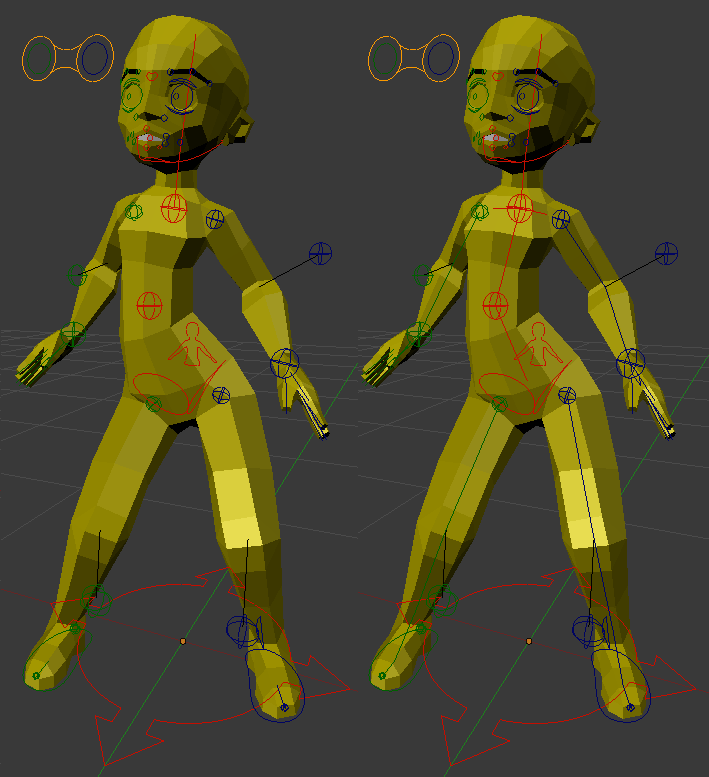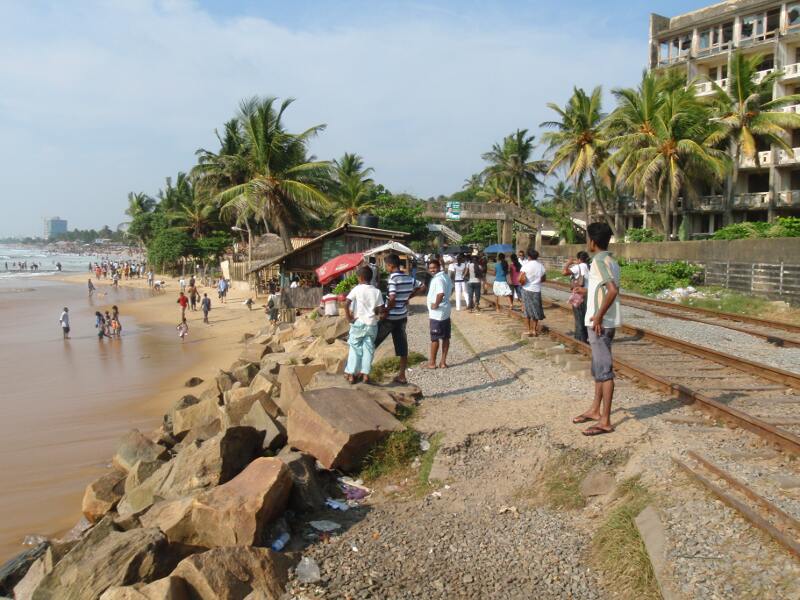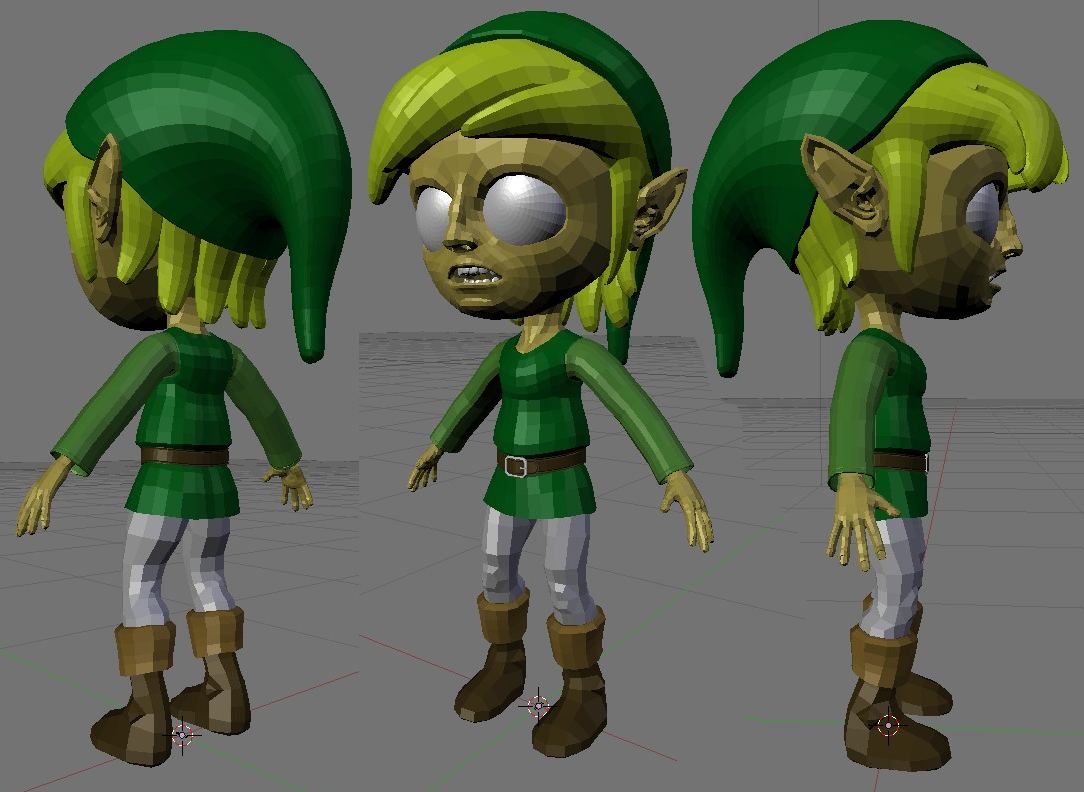Last weekend I went to the Hague, to attend a workshop for the only TEFL module I didn’t have yet, the 20 Hour Classroom TEFL Course AKA weekend TEFL.
There were approximately 17 people attending, minus the teacher. It was a fun and creative experience.
The people all had very different backgrounds, and different reasons to go abroad. For a number of them, this was the fact that they had a boyfriend/girlfriend/husband/wife in another country. This is, let’s just be honest, one of the main reasons for people to travel. It’s never about where you go, or just about the culture, it’s always about the people you meet that make something worthwhile doing or not. Another reason is that you genuinely want to experience other cultures and their way of life. Maybe because you are bored back home, or because you really want to get as much as you want out of life. But then again, what is it that defines culture? It all comes down to people again. When I was in Sri Lanka I met some of the friendliest people I know, and I also met some of the most vile people I’d rather not know. I also met a lot of cool people in Bulgaria, which is a reason I want to go back there, to meet more of them :).
So, let’s get back to the actual course, what exactly was it about?
Basically, we had to learn, or show we had the awareness of the basic concepts of language teaching.
We had to show an understanding of basic English grammar. This is something non-native speakers actually excel at. Native speakers have a lot more trouble with their own grammar. We had one assignment that had us match up cards that held sentences with cards that held grammatical structures. We solved it very quickly. Our teacher told us that native speakers really struggle with this. They asked: “Do we really need to learn this?” And our native speaking teacher told them: “Yes you do, because dutch people (non-native speakers) can do this in a heartbeat.” English may be our second language, but there is something about the way in which we are taught, that makes us remember these things better. If you have your native language, you tend to take all these rules and structures for granted. They come easily to you. But if it isn’t, you have to put in more effort to learn it, and it sticks in your mind better.
We were given a few language classes in a foreign language that none of us knew (Swedish), so we could better understand what we should, and shouldn’t do. The first lesson focussed on having us pronounce words, and sentences. We could speak the sentence at the end of the lesson, but nobody had any clue about its meaning. Then, we had another lesson with a few of the same words, but put into context with a flash card or a drawing. That way, it was much easier to remember both the word and idea or structure behind it. We were presented with a lesson with a cuddly toy, to say simple things like “hello”, “good/well done” and goodbye” in swedish.
From the coursebook:
When we teach our non-native students new language, we do it this way:
- Meaning Teach or show the meaning through context or story.
- Pronunciation Teach or drill the pronunciation until our students can say it naturally.
- Form Teach or show the way it is written
It makes complete sense to teach a language structure in this way:
- What does it mean? (Meaning)
- What does it sound like? (Pronunciation)
- What does it look like? (Form)
It does make sense, doesn’t it?
We were shown how versatile the game “find someone who” is.
We had to create a few lesson plans, and teach them to the rest of the students. This part was a lot of fun. Put a little role play into it, present the grammar structure somewhere during the lesson, but don’t make that the main target of the lesson. Don’t focuss on the actual structure. The desired outcome is that students can communicate with the structure. There are countries where English is taught in such a way that students understand English grammar close to perfection, and they can write English flawlessly. But put them in a situation where they have to use their English knowledge to have a real conversation, and they get stuck. Because they don’t know how. This is the difference between knowing a structure, and knowing how to put it to use in a real life situation.
We were shown (also mentioned in the rest of the TEFL course, but it is important, so it never hurts to mention it again) that it is better to elicit the meaning of something from a student, than to just explain it. You can use concept questions to make sure that students understand what you are trying to teach them.
Something else about pronunciation: I read somewhere on the internet, that a lot of schools want their teachers to speak as close to native English as possible, to have no accent whatsoever. There are some important overlooked aspects to that:
- I’m not so certain there is one universal version of English. Not only is there a difference between American and British English, but there are a lot of accents in english as well, and English people with one accent can have difficulty understanding English people with another accent, apparently. When the English queen Elizabeth 2nd had her coronation, it was going to be broadcast on television. For the first time in history, there was a need for a version of English that all people could understand. A standard English (I haven’t researched this enough to be certain, I heard it, and did a quick search on the internet, there are a number of wikipedia pages about this).
- I read on the internet that if students get taught English in their own accent, it becomes a lot easier for them to understand the structure, and communicate with it. To me, this makes sense, I haven’t traveled that much, but I found in a few countries that if you twist your accent to the way the local population speaks english, it becomes a lot easier for them to understand you. Indian people for instance are very good at speaking english, but a lot of us western people don’t see this because of their accent. While their level of understanding of the language is quite high. As an example, our teacher mimicked a french girl who wanted to take english classes. We (the students) had to assess her level. We all placed her much lower than she was, from elementary to intermediate. But she was actually at the level of advanced. Our teacher told us that this is a mistake almost everyone makes. Because of her intonation and pronunciation, we misjudged her, but her usage of english structures was pretty much flawless.
Not to say that it is bad to teach English with a more native pronunciation, but students learn to communicate more easily if you teach them with their own accent. And having an accent doesn’t make you less skilled as an English speaker.
There is loads more, but that is what the course is for. Either way, it was a very fun and at the same time productive weekend.
On another note, (switching to 3D artist mode), I read on the blenderartists forum about people who were wondering when or if Zbrush Zspheres would make it into blender. I figured if you create an armature, and use bones in envelope display mode, you could at least emulate how this looks. You can’t use this to automatically create automatic (heh, funny) geometry to work with, not that I’m aware of anyway, but it does help to quickly come up with a nice proportioned character. You could even pose it if you set up the base skeleton in a clear way. It is not a lot of work to go from there and create a lowpoly cage to start sculpting, similar to Zbrush. You could give this mesh an armature modifier with automatic weighting, and you’re good to go in different poses as well.
It is only a small test, but maybe some people like this approach… And I can use the extra character to try my new rig. People build 3D character models in various ways, this is an approach (sculpt from a mesh with very simple topology) that I have not done before, so it’s a good thing to try out. I want my rig to work on a lot of different characters.
Long post, I’m out… 🙂
See you later/Довиждане
Michael/Майкъл









